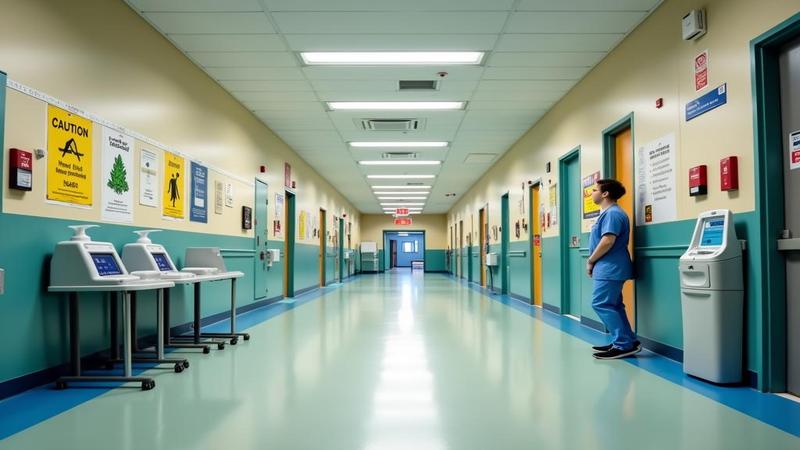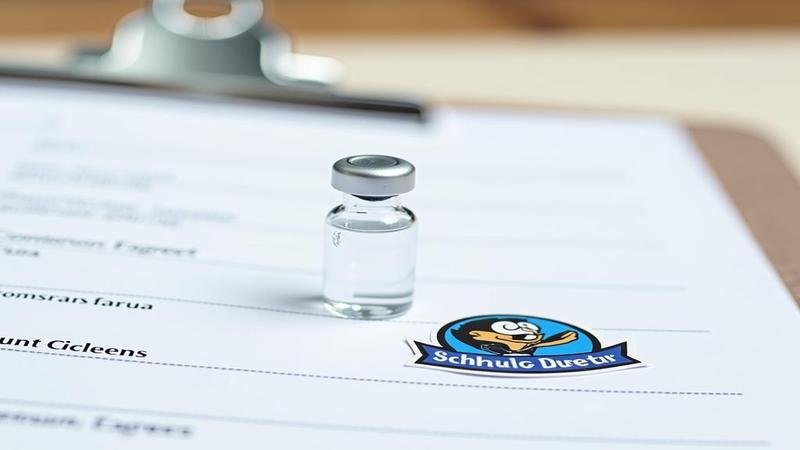School District Fights Meningitis With Thoughts, PowerPoints, And Spirit Week

A Pennsylvania community is grieving after a teen died from bacterial meningitis, and the school district responded with a letter so soothing it could have been chamomile disguised as Helvetica. The loss is serious; the language is “out of an abundance of caution” serious, which is the bureaucratic equivalent of whispering while the fire alarm sings.
The pathogen, which we can politely call Neisseria M., staged a stealth conga line through close contact and bad timing. It’s the microscopic frat bro that never RSVPs but shows up to your cerebrospinal fluid anyway, wearing a tiny backward cap and a terrible plan.
Administrators immediately deployed the sacred trilogy of crisis management: Thoughts, Prayers, and Attachments You Can’t Open On Your Phone. Also a Zoom town hall at 2:17 p.m., because nothing says urgency like a meeting scheduled by a haunted calendar.
Here’s the non-slapstick version: symptoms escalate brutally; early care matters; vaccines and prophylaxis exist; confusion is not a treatment plan. If your neck stiffness comes with a headache that feels like a drumline audition, do not negotiate with it like a timeshare.
Meanwhile, the district said it was conducting “enhanced cleaning,” a phrase that in practice means “we’ve discovered door handles are popular.” Great, but surfaces aren’t the lead actor here; close contact is. Translation: your water bottle is not a communion chalice.
Parents flooded pharmacies, lining up for meningococcal vaccine booster like it was a surprise album drop from a pop star named Epi Demiology. The good news: the shot is safer than your group chat’s medical advice; the bad news: your group chat is still typing.

On social platforms, a chorus of micro-influencers with ring lights but no references explained that immunity can be achieved through kale, crystals, and glare. For the record, kale is a leafy vegetable, not a force field; crystals are quartz, not coverage; glare is not an intervention.
At the school board meeting, everyone agreed student health is the top priority, right after the scoreboard that cost the GDP of a small archipelago. The nurse asked for staffing and protocols; the board offered a poster with a cartoon germ wearing a frown and a polo shirt.
Public health officials, who have the charisma of seatbelt instructions and the receipts of a thousand case-control studies, begged families to monitor symptoms, seek care early, and notify close contacts. They carried binders like shields and data like rosary beads.
The PTA, fueled by coffee and spreadsheets, organized contact tracing with the ferocity of a bake sale that remembers what butter costs. They also bought a box of no-contact forehead thermometer because every crisis in America is tackled with an object and a spreadsheet.
As for Neisseria M., it remains an opportunist: a small thing that becomes a large thing when attention arrives late and collective action shows up in separate cars. It thrives in the cracks between “I’m sure it’s fine” and “why didn’t anyone tell us.”
So let’s do the boring heroics: vaccinate, recognize symptoms, call, go, don’t wait, and stop taking medical directions from the comment section of a blender review. Because if the district truly wants “abundance of caution,” it might start by abundantly using the one intervention that beats bacteria at their own game—early, collective, and real—before scheduling another PowerPoint with dissolves that last longer than a meningococcus. Callback? Yes: out of an abundance of caution, use fewer slides and more shots.
